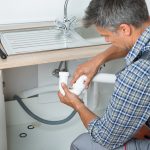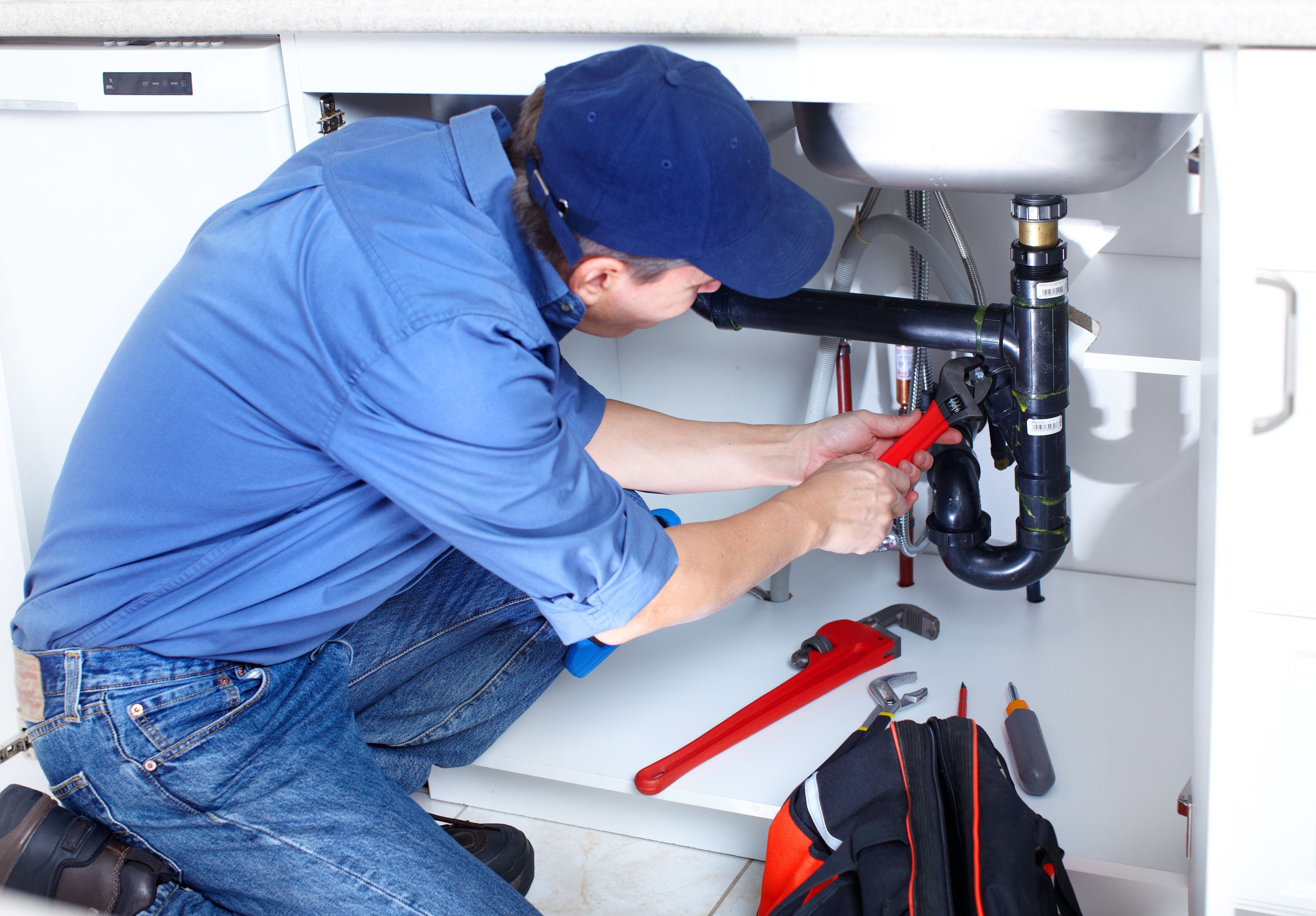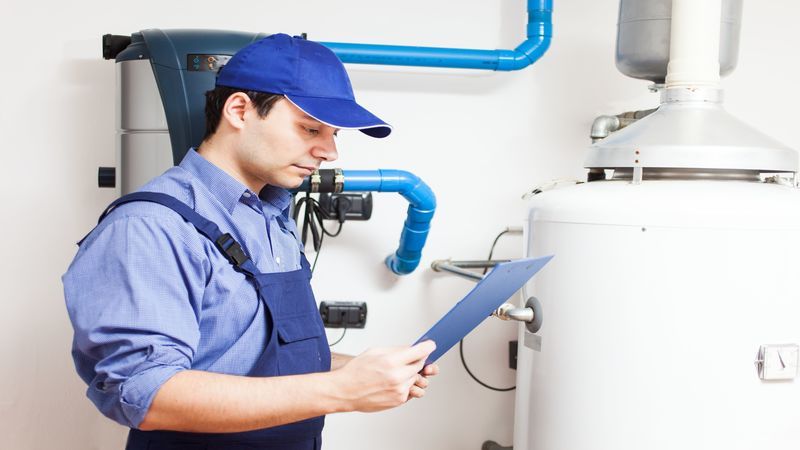The main purposes of HVAC in Dallas is to provide the indoor comfort with heating, ventilation, and air-Conditioning and at the same time help maintain good indoor air quality. Depending upon the type and design of the HVAC system you chose, it can affect the performance and energy efficiency of your home. This article provides more details on the energy efficiency ratings of HVAC systems.
EER (Energy Efficiency Ratio) For HVAC In Dallas
EER measures efficiency of a cooling system. This is measured by how the cooling component of the HVAC operates when the outdoor temperature is at 95 degrees. Higher the EER the more efficient the system is. EER is calculated by dividing the Btu/hr of cooling required by the watts used at a temperature. For example for a 12000 Btu/hr of cooling required that draws 1500 watts, the EER rating is 8.0
This rating can give you an estimate of the utility cost for cooling. For example, for a system EER rating of 8.0 that draws 1500 watts for 12 hours the energy used is 18KWh per day. Calculate the monthly usage and multiply this with the summer electrical cost per KWh to get the estimate for monthly utility bill.
SEER (Seasonal Energy Efficiency Ratio) For HVAC In Dallas
SEER is the measurement of the efficiency of the air conditioner or heat pump over an entire season and not just for one temperature. A high SEER means higher efficiency as with EER ratings. SEER is calculated by dividing the amount of cooling BTU needed over the season by the total number of watt hours used over the entire season. Federal law requires that central air cooling systems need to have a SEER rating of 13.0 or more.
Higher SEER rating also means lower operating cost as a system with a rating of 13.0 uses at least 30% lesser electricity over a system with a 10 SEER rating. Higher SEER rating also increases the size of the unit as it requires more coils and tubing to transfer the heat more efficiently. Air conditioners with higher SEER rating cost more to purchase but are economic solution in long terms with savings in your energy cost.
Furnace efficiency for HVAC in Dallas
AFUE or annual fuel efficiency utilization is the measure of a furnace or boiler’s efficiency. AFUE measures the efficiency by comparing the heat output to the total consumed energy. 90% AFUE means 10% of the energy escapes and is not used to heat but 90% of the energy is used for the heat output.
AFUE rating for a furnace that is all electric is usually between 95% – 100%. This is due to the fact that there is not heat loss through the chimney and most of the energy is used for the heat output.






